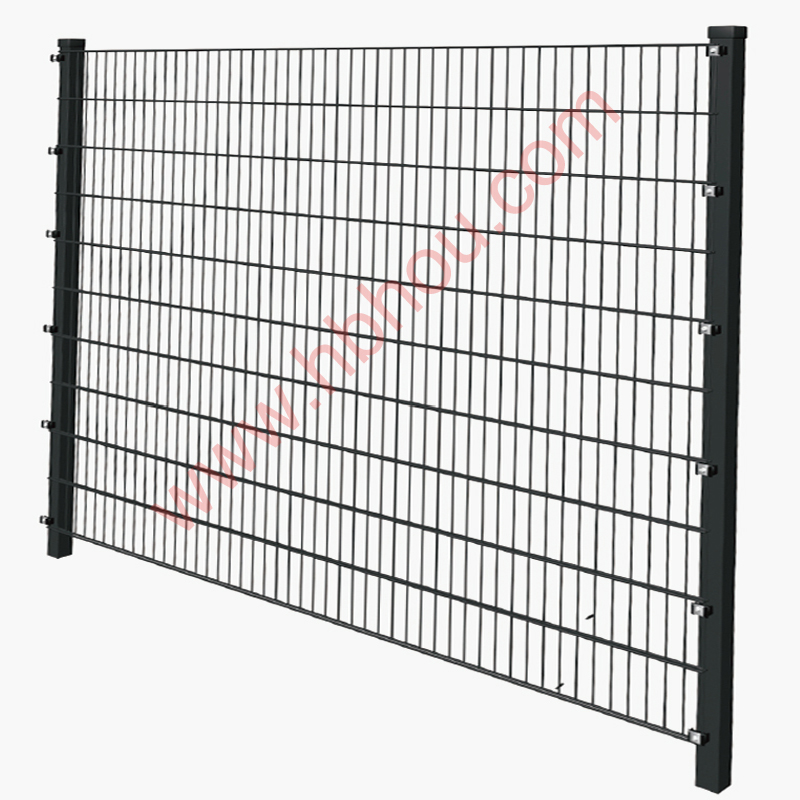Setting Up an Electric Fence A Comprehensive Guide
Electric fences are an effective and often essential solution for farmers, ranchers, and even homeowners who wish to keep their property secure and manage livestock effectively. Understanding how to set up an electric fence is a straightforward process, but it requires careful planning and execution. This guide will cover everything you need to know about setting up an electric fence.
Step 1 Planning the Fence Layout
Before you start, it is crucial to plan the layout of your electric fence. Consider the area you want to enclose, whether it be for livestock, gardens, or as a security measure for your property. Use a measuring tape to outline the perimeter and mark the corners with stakes. This layout will serve as your guide during installation.
Step 2 Choosing the Right Materials
The effectiveness of an electric fence largely depends on the materials used. Here are the key components you will need
1. Electric Fence Charger This is the heart of your system. You'll need to choose a charger based on the size of the area you want to enclose and the type of animals you are keeping. Solar-powered chargers are an eco-friendly choice for remote locations without electricity.
2. Conductors You can choose between wire, tape, or rope. Electric fence wire is common and affordable, while tape is highly visible and ideal for larger areas.
3. Insulators Insulators are necessary to keep the electric current contained within the wire and away from any posts or trees it touches. Ensure you select insulators that are appropriate for the type of post you will use.
4. Posts Depending on your needs, you may choose wooden, metal, or plastic posts. Wooden and metal posts are sturdy, while plastic posts can be lightweight and easy to handle.
5. Grounding Rods Proper grounding is essential for the electric fence to function effectively. Usually, at least three grounding rods are required, spaced apart, and embedded in the ground.
Step 3 Installing the Fence Posts
Next, you will need to install your fence posts. Begin by digging holes for each post, with a depth of about one-third of the post's height. Space the posts according to the type of fencing you are using - typically, they should be between 10 to 20 feet apart.
electric fence set up

Once the holes are dug, place the posts in the ground and fill them with gravel or concrete to secure them in position. Ensure that the posts are level and straight before letting the material set.
Step 4 Adding Insulators and Conductors
Once the posts are in place, attach insulators at the appropriate heights on the posts according to the animals you wish to contain. For most livestock, it is common to have several strands running at different heights.
Next, run your conductor material through the insulators. Ensure that the conductor is taut but not overly tight, as this could cause it to snap. For most effective coverage, it's typically good to have at least two to three strands of wire.
Step 5 Connecting the Charger and Grounding System
Now, it’s time to connect the fence charger to the fence and the grounding system. Follow the manufacturer's instructions for your specific fence charger, and ensure that all connections are secure.
Install the grounding rods into the earth as recommended, typically at least 8 feet deep and spaced at least 10 feet apart. Connect the grounding wire from the charger to the grounding rods to ensure efficient operation.
Step 6 Testing the System
Before letting animals into the enclosed area, it’s crucial to test the electric fence. Use a voltage tester designed for electric fences to ensure that the current flows correctly throughout the entire perimeter. Check for any shorts that may be caused by overhanging vegetation or other objects touching the wire.
Step 7 Maintenance
Regular maintenance is key to ensuring the longevity and effectiveness of your electric fence. Periodically check for any damage to posts, insulators, and conductors. Additionally, clear any vegetation that may come into contact with the wire.
In conclusion, setting up an electric fence can provide peace of mind and security for your property. With careful planning, the right materials, and regular maintenance, an electric fence can serve as a reliable solution for managing livestock and protecting your land. By following these steps, you can ensure that your electric fence operates efficiently and effectively, safeguarding your property for years to come.
















